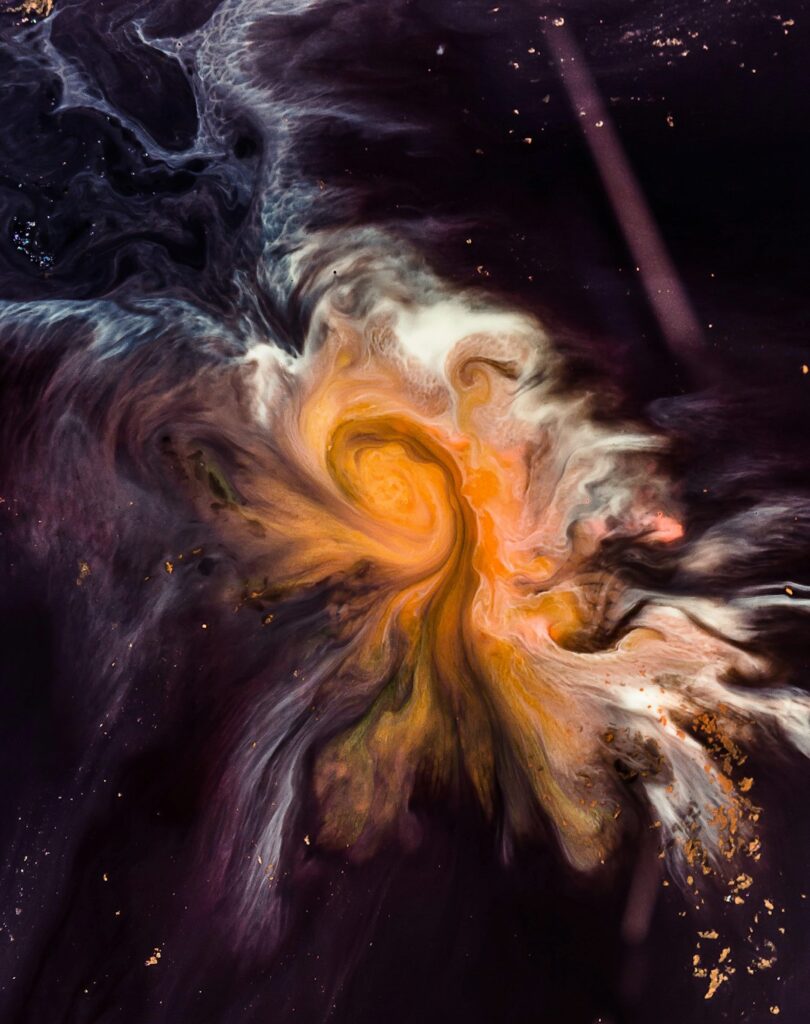Exploring the Vastness of Space: A Journey Through the Cosmos
Introduction: Our Place in the Universe
Space, the boundless expanse beyond Earth’s atmosphere, has captivated humanity for millennia. From ancient astronomers charting constellations to modern scientists probing the mysteries of black holes, our fascination with the cosmos remains unwavering. This exploration delves into the wonders and complexities of space, touching upon its formation, the celestial bodies it contains, and the ongoing quest to understand our place within this vast universe. Understanding space is not just a scientific endeavor; it’s a journey of discovery that shapes our understanding of our origins and our future.
The Formation of the Universe: The Big Bang and Beyond
The Big Bang Theory:
The prevailing cosmological model for the universe’s origin is the Big Bang theory. This theory posits that the universe originated from an extremely hot, dense state approximately 13.8 billion years ago and has been expanding and cooling ever since. Evidence supporting the Big Bang includes the cosmic microwave background radiation, the observed redshift of distant galaxies, and the abundance of light elements in the universe.
Cosmic Inflation:
The theory of cosmic inflation expands upon the Big Bang, suggesting a period of extremely rapid expansion in the universe’s earliest moments. This period helps explain the observed uniformity of the universe and the distribution of galaxies.
Ongoing Research:
Scientists continue to refine our understanding of the Big Bang and its implications through observations using powerful telescopes like the Hubble Space Telescope and the James Webb Space Telescope. New discoveries constantly challenge and reshape our models of the universe’s formation.
Celestial Bodies: Stars, Planets, and Galaxies
Stars: The Powerhouses of the Universe:
Stars are massive, luminous spheres of plasma held together by their own gravity. They are born from collapsing clouds of gas and dust and generate energy through nuclear fusion, primarily converting hydrogen into helium. The life cycle of a star depends on its mass, leading to various stellar remnants like white dwarfs, neutron stars, or black holes.
Planets: Worlds Beyond Our Own:
Planets are celestial bodies that orbit stars. They can be rocky, gaseous, or icy, and their characteristics depend on their distance from their star and their formation history. The discovery of exoplanets – planets orbiting stars other than our Sun – has revolutionized our understanding of planetary systems and the potential for life beyond Earth.
- Inner, rocky planets: Mercury, Venus, Earth, Mars
- Outer, gas giants: Jupiter, Saturn, Uranus, Neptune
Galaxies: Islands of Stars:
Galaxies are vast collections of stars, gas, dust, and dark matter bound together by gravity. They come in various shapes and sizes, from spiral galaxies like our Milky Way to elliptical and irregular galaxies. The study of galaxies provides insights into the large-scale structure of the universe and its evolution.
Space Exploration: Reaching for the Stars
Humanity’s exploration of space has progressed dramatically since the launch of Sputnik 1 in 1957. From crewed missions to the Moon to robotic probes exploring distant planets and moons, our reach into the cosmos continues to expand. Future missions aim to explore Mars, establish lunar bases, and potentially send probes to other star systems.
- Robotic Missions: Unmanned spacecraft provide invaluable data about planets, moons, and other celestial objects.
- Crewed Missions: Human exploration allows for more complex scientific research and expands our understanding of the challenges of space travel.
- International Collaboration: Collaborative efforts between space agencies worldwide are crucial for advancing space exploration.
Conclusion: The Ongoing Quest for Knowledge
The exploration of space is an ongoing journey of discovery, fueled by human curiosity and the relentless pursuit of knowledge. As we continue to push the boundaries of our understanding, we uncover new mysteries and deepen our appreciation for the vastness and complexity of the universe. The quest to understand space is not only a scientific endeavor; it is a testament to the human spirit’s innate desire to explore, discover, and ultimately, understand our place within the grand cosmic tapestry.


